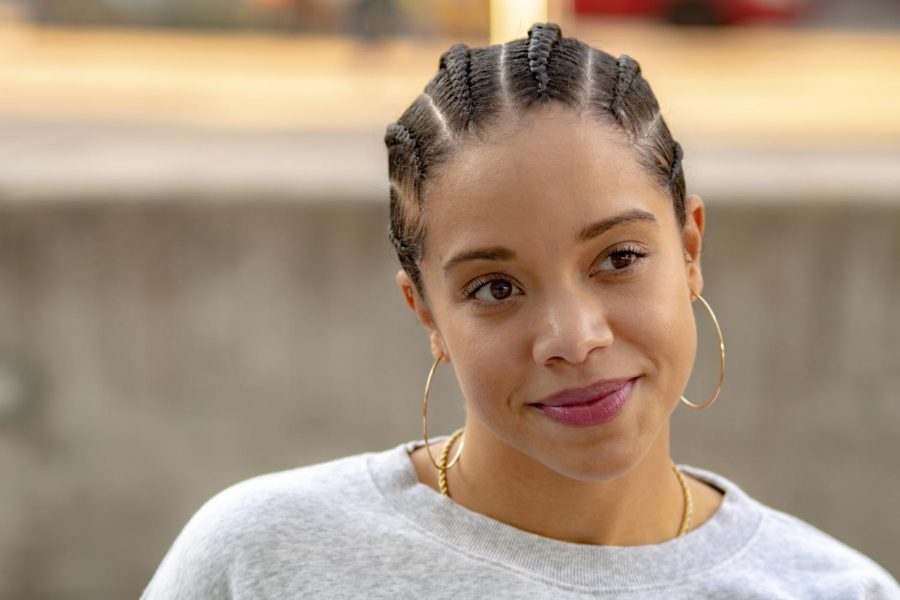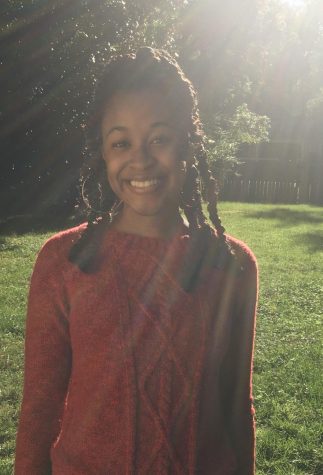Our culture isn’t a trend
February 25, 2021
As the years go by, new trends arise and certain hairstyles, phrases, and fashions are put in the spotlight for everyone to participate in. What people fail to realize is the fact that there’s nothing new under the sun and all of these “trends” had to come from somewhere. In honor of Black History Month, this opinion piece is going to focus on important staples from the African American community that are appropriated and turned into trends. Some of the main trends that have stemmed from African American culture includes certain braided hairstyles, sneaker culture, streetwear, and ebonics.
Hair is very important in the African American community, because it’s a form of expression, but when our hairstyles are considered unprofessional and put in a bad light, this limits our form of expression. Styles like bantu knots, box, braids, and cornrows are often seen as trendy when people of color aren’t wearing them. These styles have originated in Africa in places like Ethiopia (cornrows) , South Africa (bantu knots), and the Nile Valley (box braids). During slavery, it’s said that cornrows were used to braid routes to freedom for other slaves to see and memorize, and they eventually became an important staple of African American history as we see today. These styles have an important role in our community, and they help African Americans to find a sense of identity and belonging as they built a culture from almost nothing.
Sneaker culture and streetwear have become a trend most recently, and quarantine helped a lot of people find their interest in both. A lot of this type of fashion was popular in the hip hop scene, mostly in New York. People couldn’t always afford to buy new, expensive clothes, so shoe care was important, hence the reason why creasing shoes is such a big deal for sneakerheads around the world today. The influence that African Americans have on the fashion scene is a very large one, but this is more of a trend and influence and less of a cultural thing. Even though fashion and style is a very important aspect in a lot of people’s lives, lots of different cultures have contributed to/originated certain styles in the fashion world.
One of the most important aspects of African American culture that’s taken as a trend is the use of ebonics, or African American Vernacular English (AAVE). This is a form of communication that mostly consists of slang and certain phrases, but it’s an actual dialect that’s mostly used when African Americans are among each other. It’s often mistaken to be “Internet Slang” or “Twitter Talk,” when in reality it’s an actual form of communication between a community that provides comfort and familiarity between people.
These three examples are just some of the many ways African American cultures and comforts are popularized in the world, and given different names and credits. Although some trends are okay to participate in, like clothing styles and ideas, a lot of the culture isn’t to be shared because of their meanings. Hairstyles that are made for certain hair types with certain histories aren’t meant to be taken out of a community, and neither is an important form of communication. Rather than to disrespect the culture or argue without any knowledge of the matter, it’s always better to just respect the history and the sentimental purpose that culture has in the lives of many African Americans.



